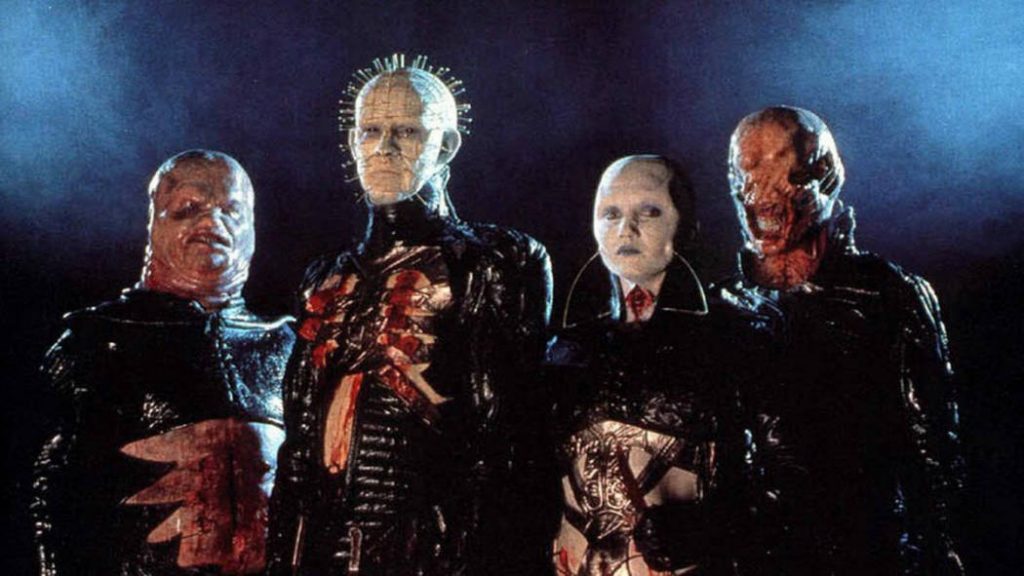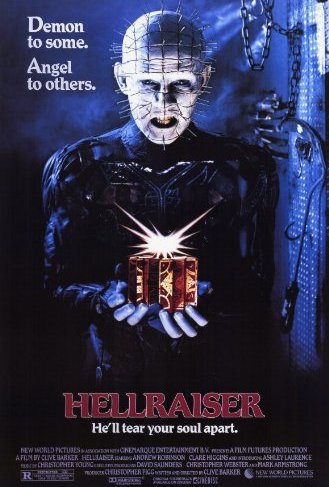I’ve been interviewed by the Mind over Splatter podcast episode on the Hellraiser horror movie franchise. (Starts around 24:30)
Hellraiser Bloodline (1996) is the fourth film in the Hellraiser franchise. It was also the last to be released in theatres and the last to have Clive Barker as a writer, director or producer. Directed by “Alan Smithee”, actually Keven Yagher, who is primarily a makeup artist, and written by Peter Atkins, who also wrote the second and third films.
Hellraiser: Bloodline starts off promising, but dissolves into a mess. Lots of plot threads dangle, lots of things happen for no reason. Apparently, this was a troubled production, which would explain why the director took his name off the picture, replaced by the “Alan Smithee” credit.

Hellraiser III: Hell On Earth (1992) is the third entry in the Hellraiser franchise, and it benefits from a more conventional story structure. The new protagonist, Joey Summerskill, is introduced early to replace Kirsty Cotton (Ashley Laurence has a cameo on video recording).

Hellbound: Hellraiser II was released only a year after the original, with a larger budget and mostly the same cast. Clive Barker wrote the story and served as executive producer. However, the sequel gets further away from what I thought of as the main themes of the franchise.

Hellraiser is a 1987 horror film, based on a novella, “The Hellbound Heart”, by Clive Barker, and the film was also written and directed by Barker.
For the notoriety attached to the Hellraiser franchise, there’s very little of the hyper-sadomasochistic Cenobites and their apparent leader, the iconic Pinhead, in the first film. The Cenobites are a background threat to the main action. They appear in only a few scenes, and there’s little exploration of what they’re about.

